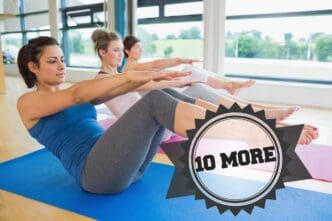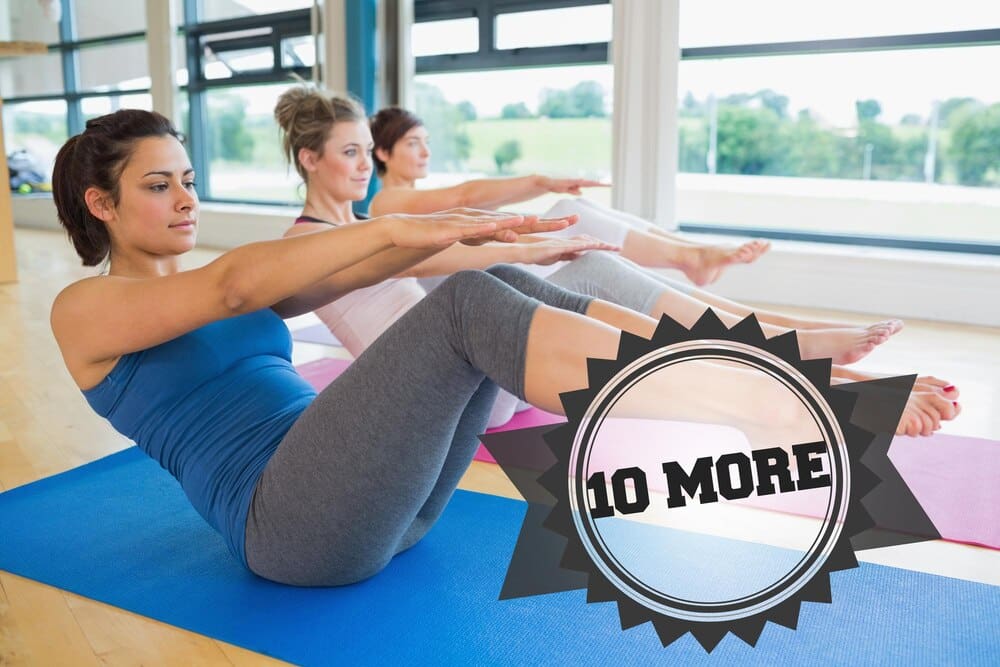For anyone seeking to build a strong, stable core, improve posture, and cultivate a deeper mind-body connection, Pilates offers a time-tested and highly effective solution. Developed by Joseph Pilates in the early 20th century, this low-impact exercise method focuses on controlled, precise movements originating from the body’s “powerhouse”—the abdomen, lower back, hips, and buttocks. Whether practiced on a mat at home or with specialized equipment in a studio, Pilates is designed to strengthen and lengthen muscles simultaneously, creating a balanced physique and forming a powerful foundation for all other physical activities. Its emphasis on breath, concentration, and control makes it a unique practice that benefits not just the body, but the mind as well, making it an ideal starting point for beginners on their wellness journey.
What Exactly is Pilates?
At its heart, Pilates is a system of exercises designed to improve physical strength, flexibility, and posture, and enhance mental awareness. It was originally called “Contrology” by its founder, Joseph Pilates, who believed his method was about gaining complete control of your body through your mind.
Unlike some forms of exercise that focus on high repetitions or lifting heavy weights, Pilates prioritizes the quality of each movement over the quantity. The exercises are performed with a focus on precision and form, ensuring that the correct muscles are engaged for every single motion.
This deliberate approach helps to re-educate the body’s movement patterns, correcting imbalances that often lead to chronic pain, poor posture, and injury. It strengthens the deep, intrinsic muscles of the core that support the spine, leading to a more stable and resilient torso.
Mat Pilates vs. Reformer Pilates
When you first explore Pilates, you’ll likely encounter two primary forms: Mat Pilates and Reformer Pilates. Both are built on the same foundational principles, but they use different tools to achieve their goals.
Mat Pilates is the most accessible form of the practice. It uses your own body weight as resistance and is performed on a simple exercise mat. Occasionally, small props like resistance bands, magic circles, or light weights are incorporated to add challenge or provide support.
Reformer Pilates is performed on a specific piece of equipment called a Reformer. This is a sliding carriage positioned within a bed-like frame, using springs, pulleys, and straps to provide varying levels of resistance or assistance. The Reformer can be more supportive for beginners with certain limitations, while also offering a greater challenge for advanced practitioners.
The Six Core Principles of Pilates
To truly understand and benefit from Pilates, one must embrace its six guiding principles. These concepts are woven into every exercise and are what elevate the practice from a simple workout to a holistic method of physical and mental conditioning.
1. Centering
Everything in Pilates begins from your center. This refers to the “powerhouse,” a band of muscles that wraps around your midsection, including your deep abdominals, the muscles of the lower back, your hips, and your glutes. By focusing on initiating all movements from this strong, stable core, you protect your spine and create more efficient, powerful movements.
2. Concentration
Pilates is often described as a moving meditation. It requires your full attention. You must concentrate on what you are doing in the present moment—how your body feels, which muscles are working, and how your breath is coordinating with your movement. This intense focus is what forges the powerful mind-body connection that is a hallmark of the practice.
3. Control
There are no careless, jerky, or uncontrolled movements in Pilates. Every exercise is performed with complete muscular control. Joseph Pilates famously said, “It is the mind itself which builds the body.” By consciously controlling each part of the movement, both on the exertion and the release, you ensure safety and maximize effectiveness.
4. Precision
Precision builds upon control and concentration. Every movement has a purpose, and every part of your body has a specific placement. Where are your shoulders? Is your spine aligned? Are your feet flexed or pointed? This attention to detail ensures you are working the intended muscles and getting the full benefit of the exercise.
5. Breath
Breath is life, and in Pilates, it is the engine that drives the movement. The practice emphasizes a specific breathing technique: inhaling through the nose to expand the ribcage laterally (sideways and back) and exhaling fully through the mouth to engage the deep abdominal muscles. This diaphragmatic breathing oxygenates the blood, energizes the body, and helps facilitate movement.
6. Flow
As you become more proficient, the exercises are meant to flow into one another with grace, ease, and economy of motion. This creates a smooth, continuous workout that builds stamina and coordination. The transitions between exercises are just as important as the exercises themselves, maintaining the focus and control established throughout the session.
Essential Beginner Pilates Exercises
For those starting at home, mat exercises are the perfect introduction. Focus on mastering the form of these foundational movements before attempting more advanced variations. Remember to move slowly and with intention.
The Hundred
This is a classic Pilates warm-up exercise designed to get your blood pumping and connect your breath to your core engagement. It challenges abdominal strength and stability.
How to do it: Lie on your back with your knees bent into your chest. Lift your head, neck, and shoulders off the mat. Extend your legs out to a 45-degree angle (or higher for less challenge). Extend your arms long by your sides, palms facing down. Begin to pump your arms up and down in a small, controlled motion while taking five short breaths in and five short breaths out. This completes one cycle. Repeat for a total of 10 cycles, for 100 pumps.
The Roll Up
The Roll Up is excellent for articulating the spine, strengthening the abdominals, and stretching the hamstrings and back muscles. It requires significant control.
How to do it: Lie on your back with your legs straight and together, and your arms extended overhead. Inhale to prepare. As you exhale, lift your arms, then your head and shoulders, and continue to peel your spine off the mat one vertebra at a time into a “C” curve, reaching toward your toes. Inhale at the top, and then exhale to slowly roll back down with control.
Single Leg Circles
This exercise challenges pelvic stability while improving the mobility and flexibility of the hip joint. The goal is to keep your entire torso perfectly still while only the leg moves.
How to do it: Lie on your back with one leg extended up toward the ceiling and the other leg either bent with the foot on the floor or extended long on the mat. Keeping your pelvis anchored, trace a small circle on the ceiling with your raised foot. Perform 5-8 circles in one direction, then reverse. Switch legs and repeat.
Rolling Like a Ball
This movement massages the spine and challenges your balance and core control. It’s meant to be fluid and controlled, not jerky.
How to do it: Sit on the mat and hug your knees into your chest, grabbing your ankles. Lift your feet off the floor and find your balance on your sit bones, rounding your spine into a tight ball shape. Inhale as you rock back to your shoulder blades (not your neck), and exhale as you use your core to roll back up to the starting position, maintaining your balance.
Spine Stretch Forward
This is a fantastic stretch for the entire back of the body and teaches you how to articulate your spine forward without collapsing.
How to do it: Sit up tall with your legs extended straight in front of you, about shoulder-width apart. Inhale to lengthen your spine. As you exhale, drop your chin to your chest and begin to roll your spine forward, reaching your arms forward as if you are peeling your back off an imaginary wall behind you. Inhale to hold the stretch, then exhale to stack your spine back up to a tall, seated position.
Your First Steps into the World of Pilates
Starting a new fitness regimen can feel intimidating, but Pilates is exceptionally welcoming to beginners. If you choose to attend a class, look for one labeled “Beginner” or “Introductory.” A qualified instructor will provide modifications and ensure you are moving safely.
Wear comfortable clothing that allows you to move freely but isn’t so baggy that the instructor can’t see your form. Most people practice Pilates in bare feet or with grip socks to prevent slipping. All you need for a mat class is a mat and a willingness to learn.
Pilates is not a quick fix; it is a practice. Consistency is more important than intensity. By committing to the core principles and moving with mindfulness and precision, you will build a body that is not only stronger and more flexible but also more intelligent and resilient. It is a foundation for a lifetime of healthy, conscious movement.







